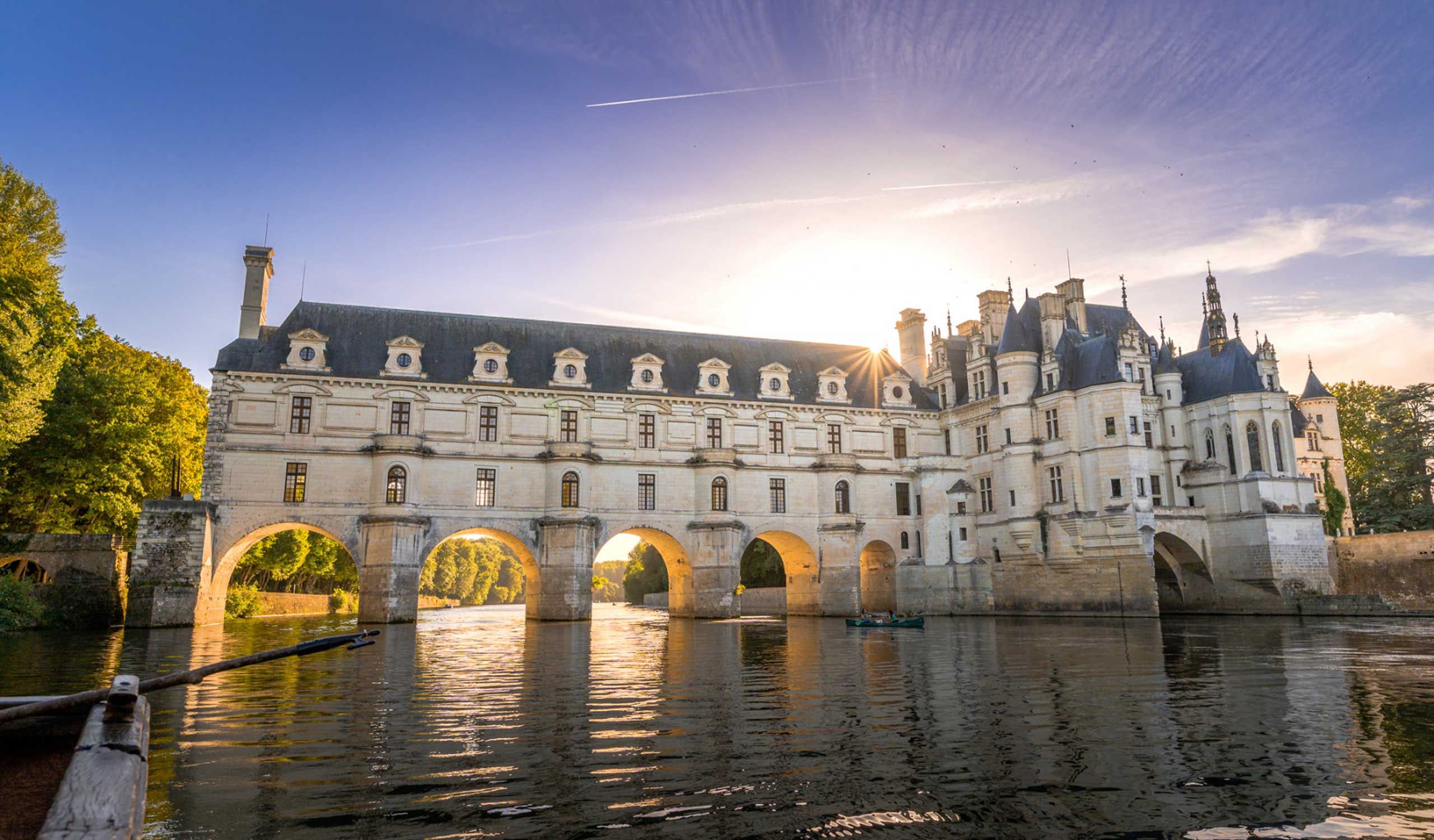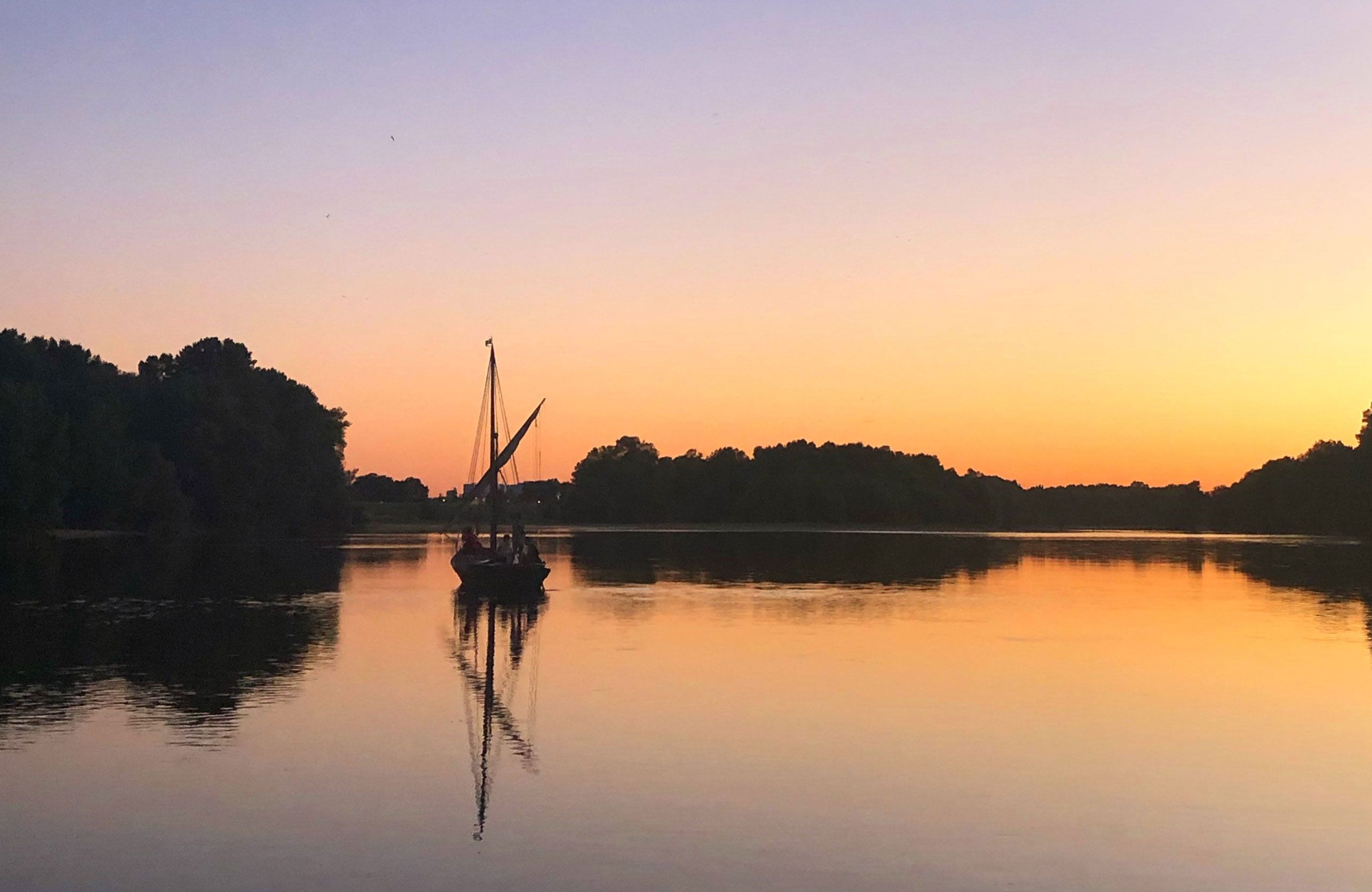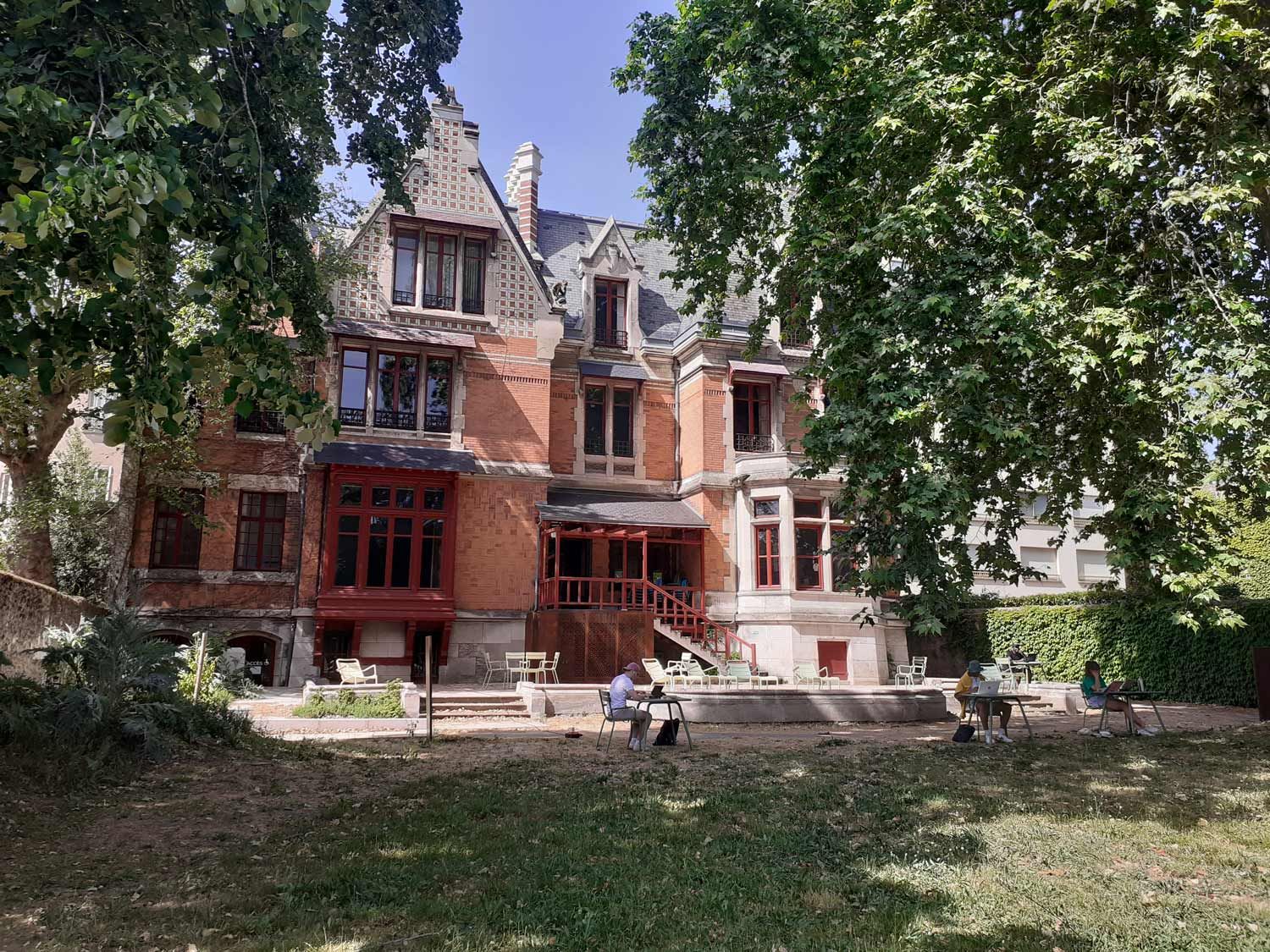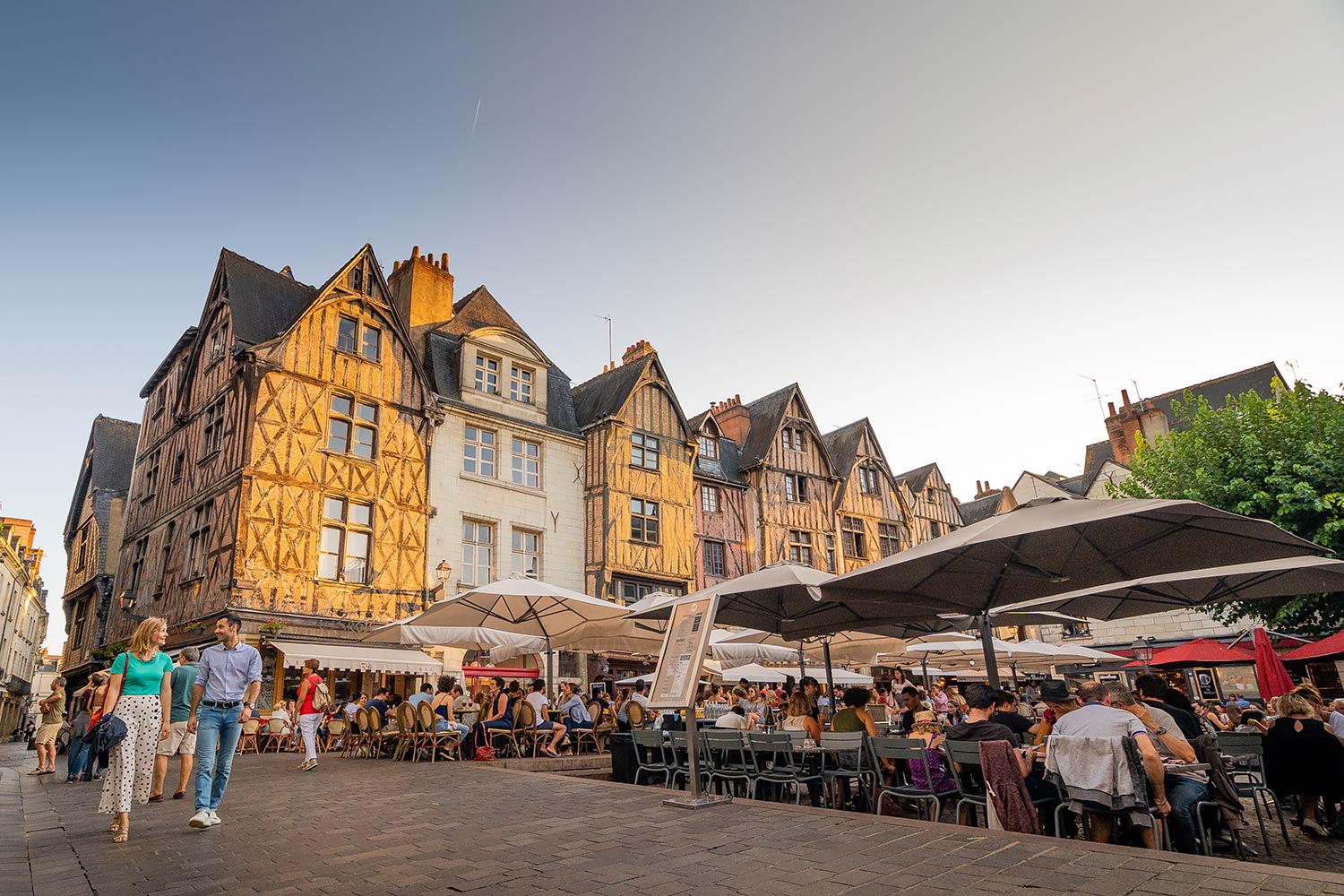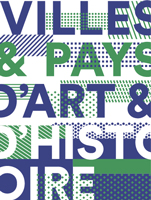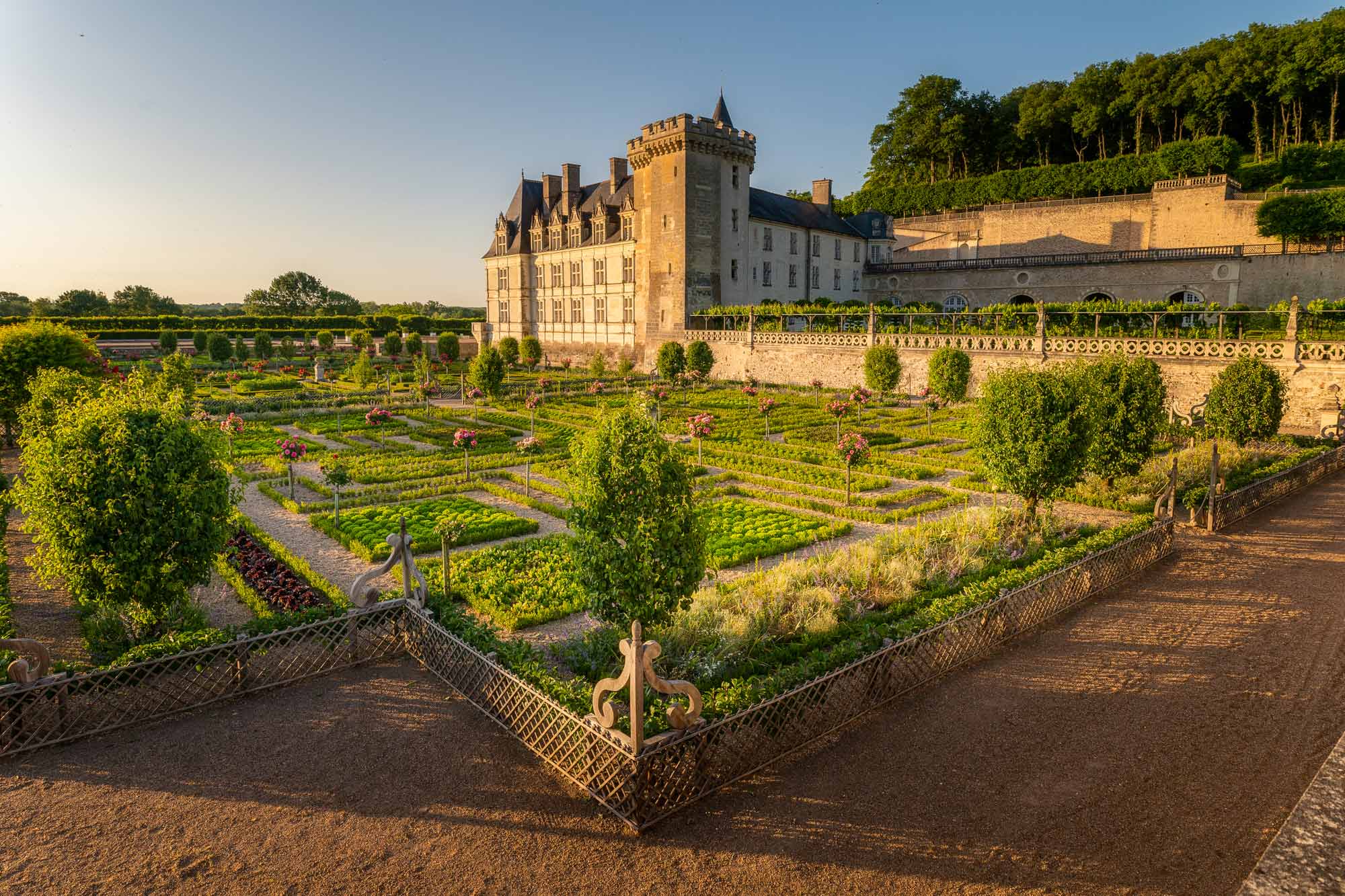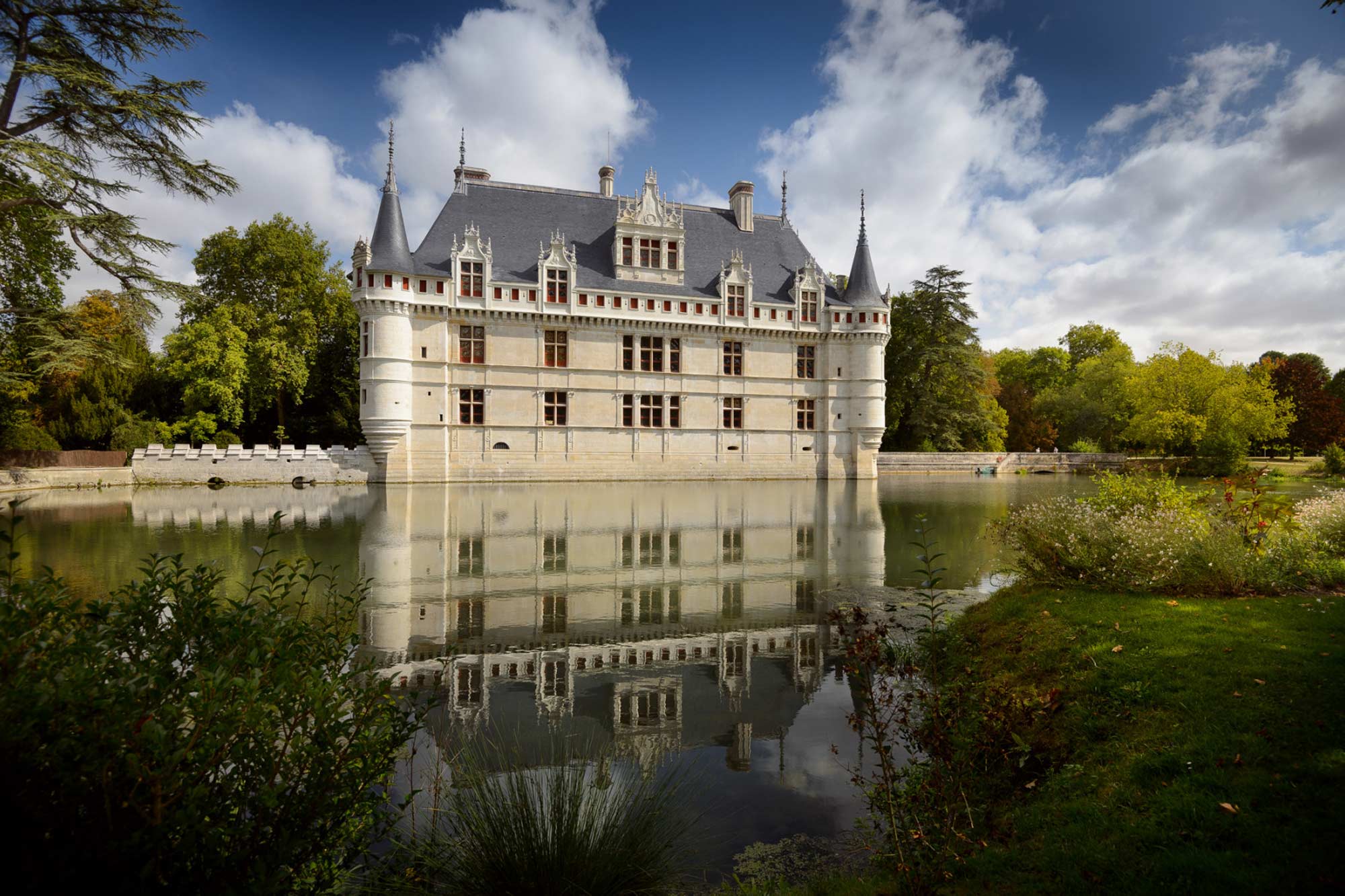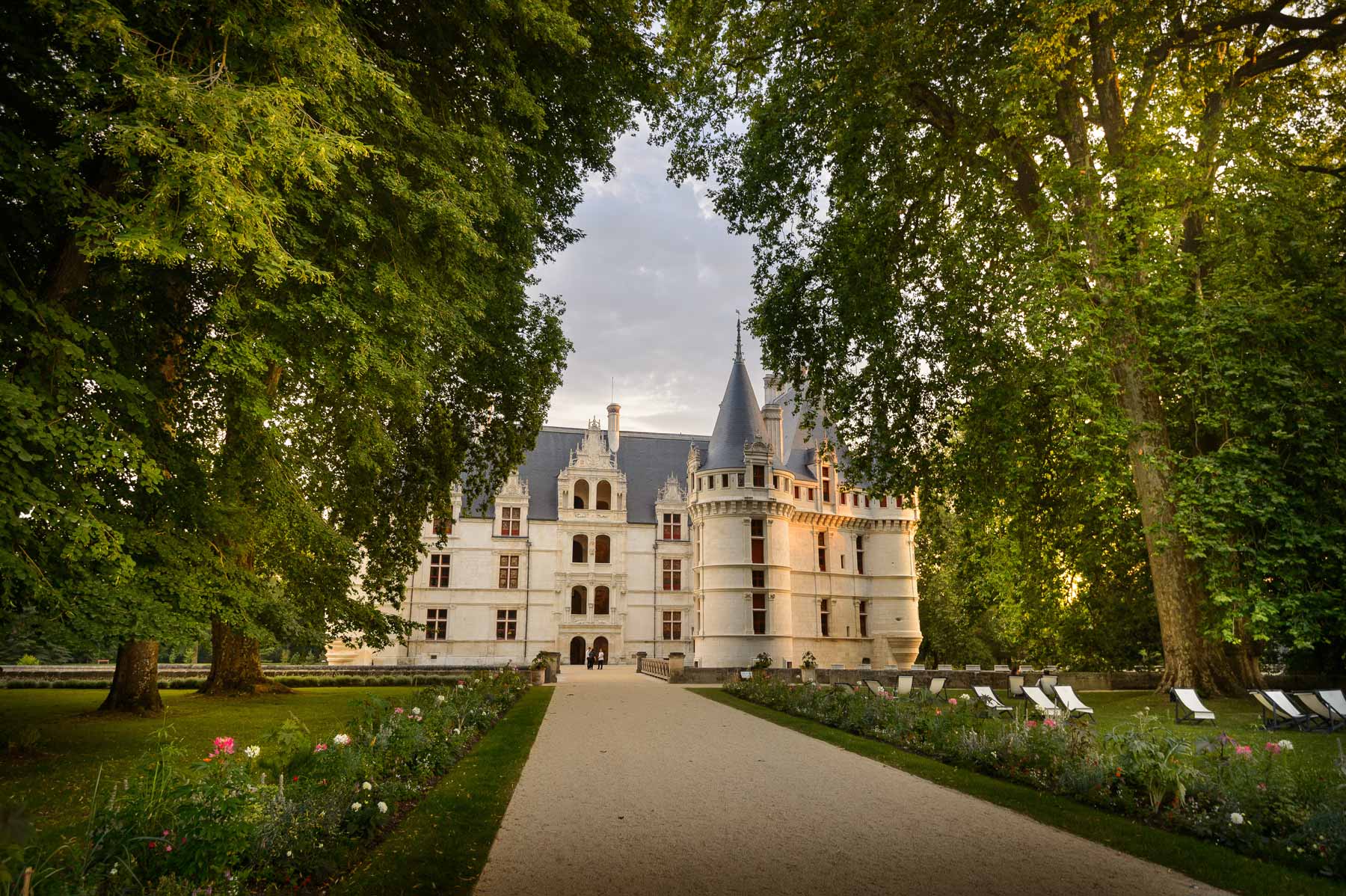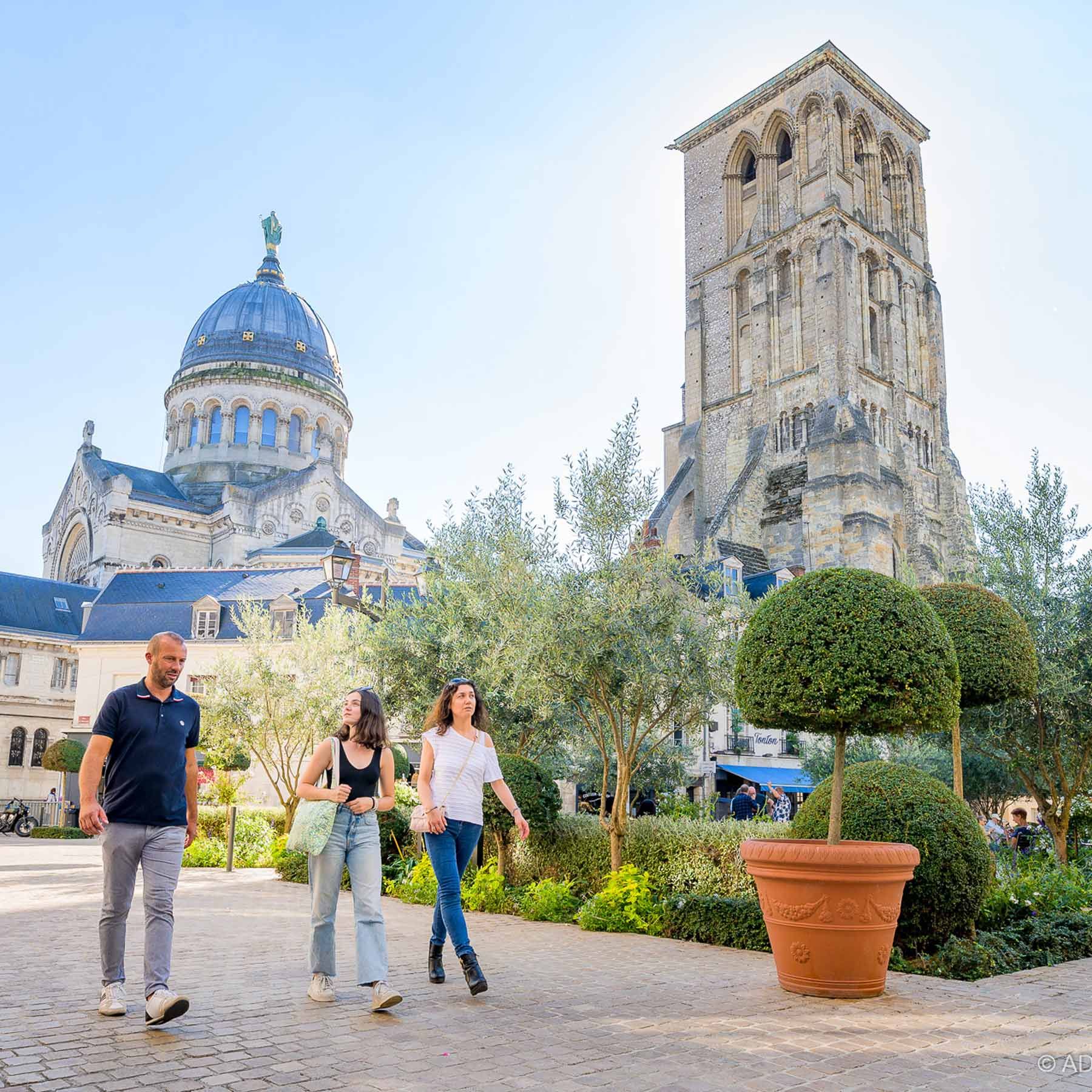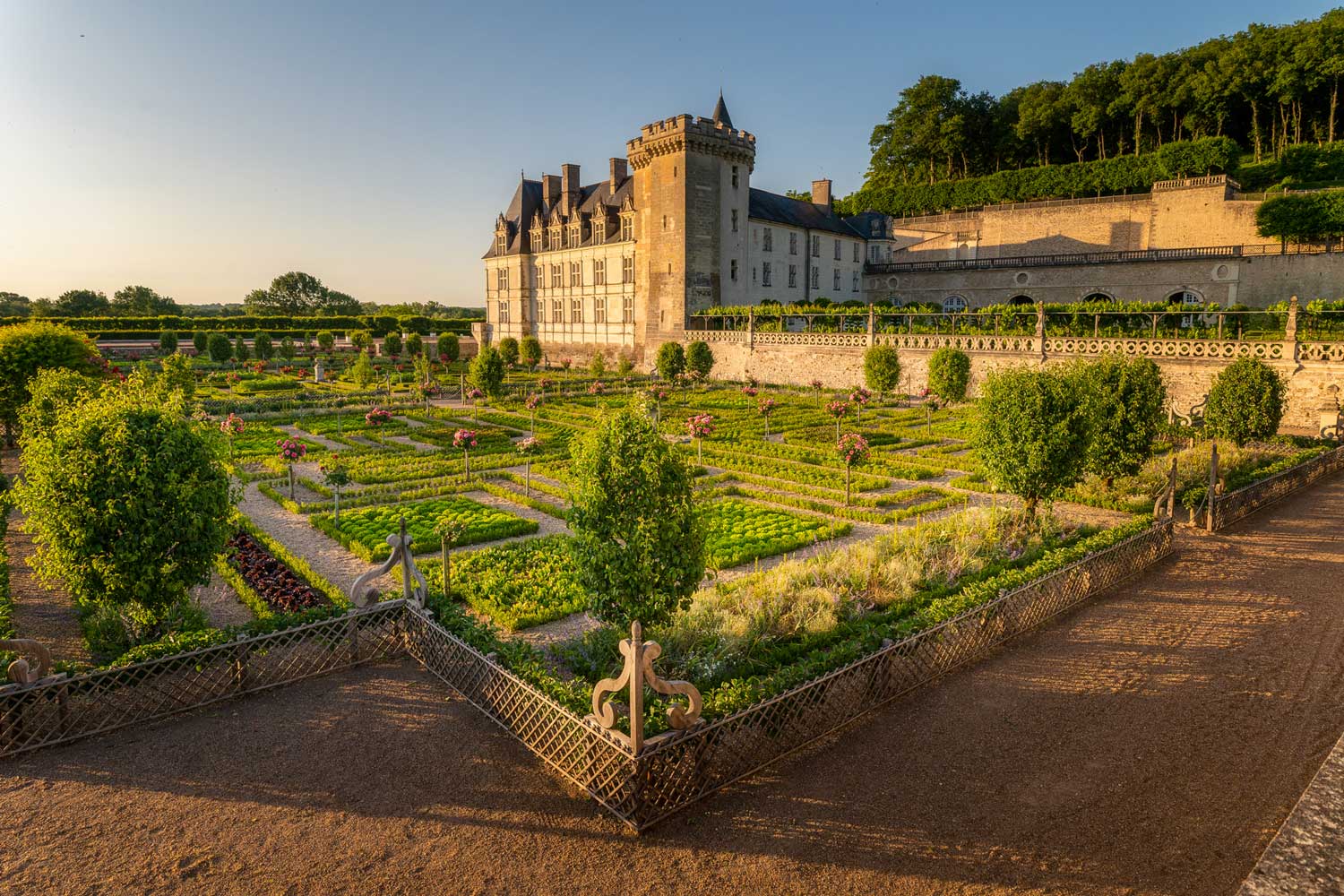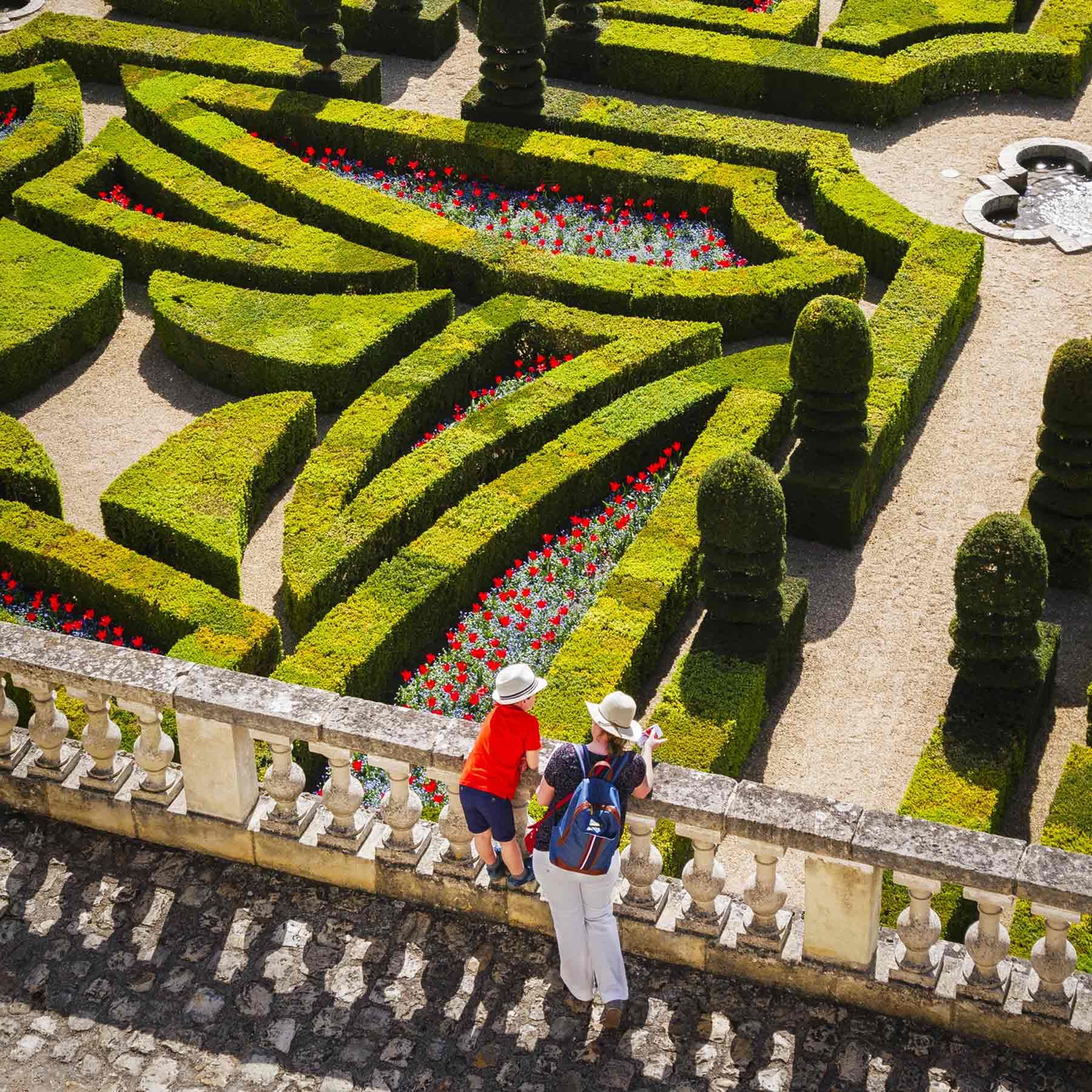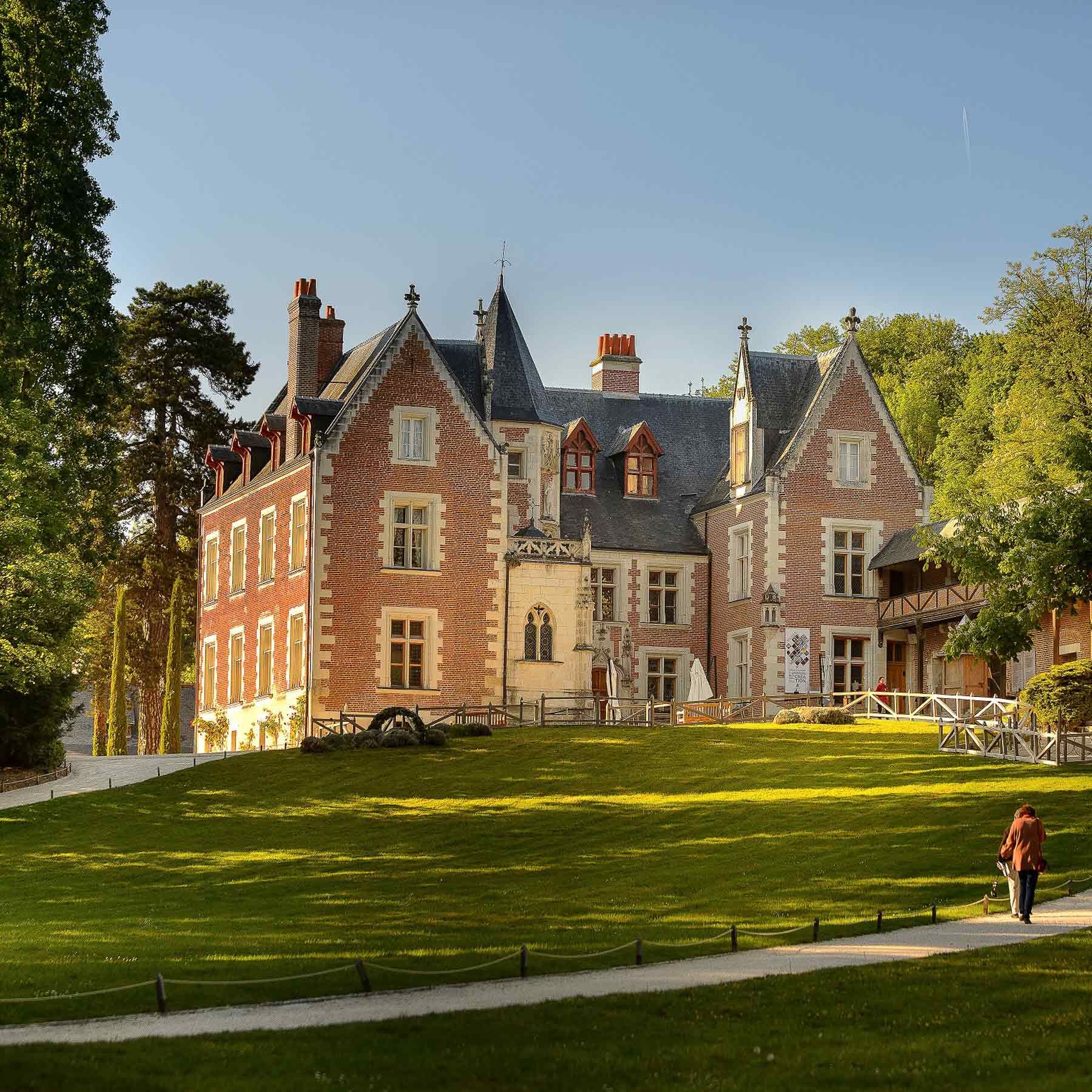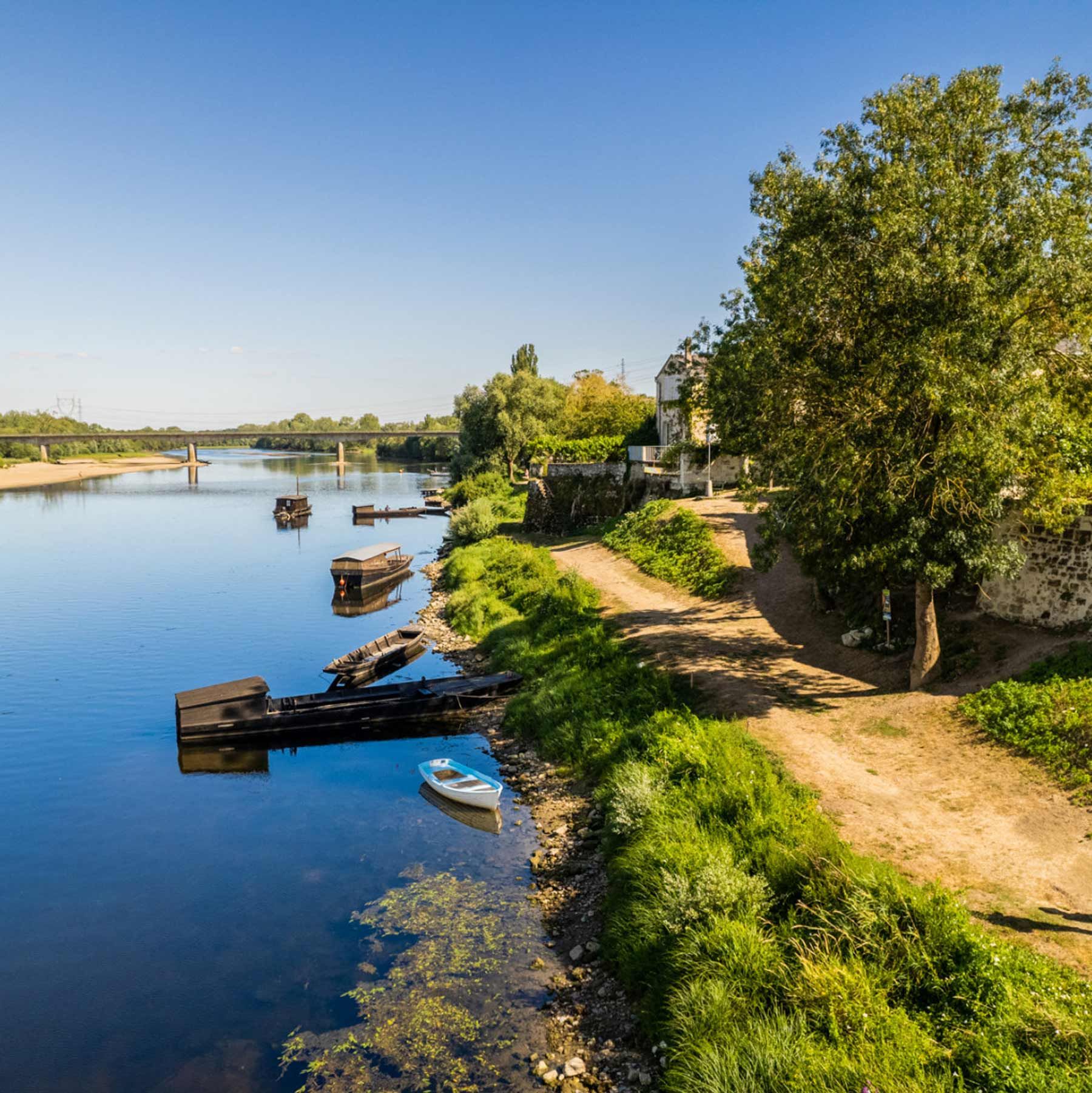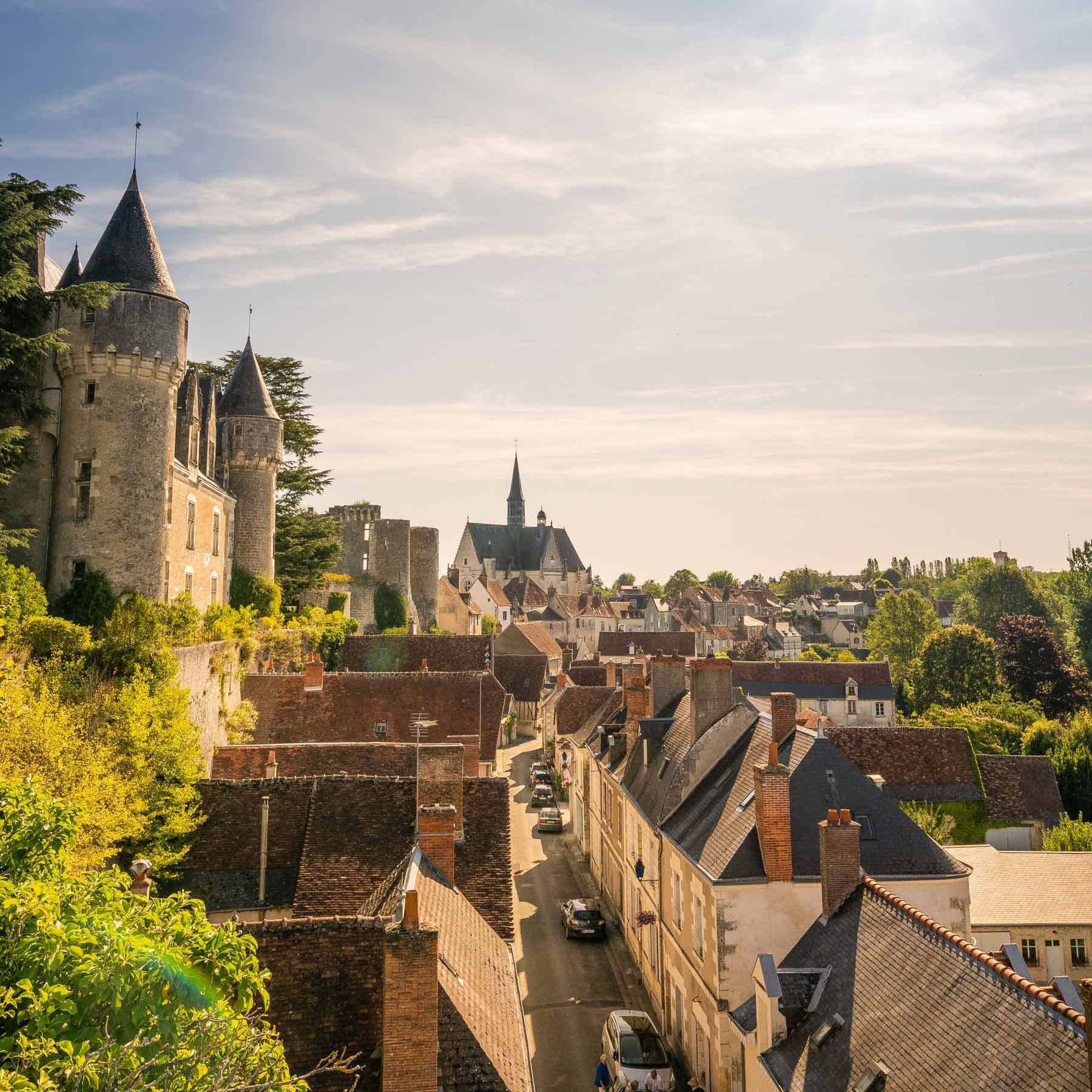3 days in Tours and in Touraine
Stop for a while in Tours for a city break at the heart of the Loire Valley, renowned for its castles, its gastronomic heritage and its unspoiled landscape along the river.
![Place Plumereau]()
Place Plumereau
Day 1: Tours, capital of the Loire Valley
Classified City of Art and International City of Gastronomy, Tours is a place where the French lifestyle and hedonism reign supreme. The route of Saint-Jacques-de-Compostelle runs through Tours, a former fief of Saint Martin, who was bishop of the city in the 15th century. The city is marked by history. This is reflected in a rich heritage, to be discovered on a nice walk. Not to be missed, Saint-Gatien cathedral whose façade in stone lace, ornamental organs and stained-glass windows invite you to admire the architecture, the Tour Charlemagne, a vestige of the former basilica, but also the medieval district of Vieux-Tours and its timber-framed houses. If you're an art lover you must take a trip to the Musée des Beaux-Arts, housed in the Palais de l’Archevêque. Another must-see is the Musée du Compagnonnage, displaying the masterpieces of the journeymen. You can’t talk about the heritage of Tours without mentioning the architect Victor Laloux. He designed the Tours train station, the Hôtel de Ville, but also the Basilica of Saint-Martin which houses the saint’s tomb in its crypt. For an enjoyable break sit down opposite the river at the Guinguette de Tours sur Loire, picnic in a garden or have a drink on a terrace in Vieux-Tours. Finish your visit with a creative stop in the Arts district or at the antiques dealers, and don’t forget the Centre de Création Contemporaine Olivier Debré, in the heart of the city.
Discover Tours with the Tours City Pass
Culture, leisure, heritage and recommendations: unlimited trips around Tours with the Tours City Pass! Depending on how long you are staying, choose the pass that’s right for you and get entry to 9 must-see sites in Tours and the surrounding area, a guided tour and discounts on various leisure activities.
New for 2024 :
a ticket for a guided tour of the city (40 minutes) on the Little Train of Tours
bike rental included in 48h and 72h Passes
![Place Plumereau]()
Place Plumereau
![Place Châteauneuf]()
Place Châteauneuf
Day 2: "Royal" escapade
Follow La Loire à Vélo® cycling route, from Tours to Vouvray on the right bank, going through the wine-making village of Rochecorbon. Make your first stop at the Domaine Bourillon Dorléans to taste the Vouvray chenin, visit its cellars sculpted by renowned artists such as Michel Audiard or treat yourself to a “fouée” (stuffed loaf) cooked in a wood-fired oven. The set off for Amboise and its treasures: the Château Royal looking over the city, the Clos Lucé and the inventions of Leonardo Da Vinci, the “orangery” of the Château Gaillard, the most Italian of the Tour region castles. Then proceed to the “Château des Dames”, the Château de Chenonceau to see its bridge spanning the Cher river. For another castle outing, leave Tours via the south, along the River Cher to the village of Savonnières. For a moment of calm, go to Villandry via the docks, as you stroll along the River Cher. At Villandry you can admire the magnificent gardens of the castle of the same name, or opt for a carriage ride. Last of all, take a dive into nature and discover the unspoiled Cher along the Loire à Vélo® cycling route near to Bréhémont or take a trip back in time to the Château de Langeais, the Château de Rigny-Ussé (a castle inspired by Sleeping Beauty) or the so-called ”mirror castle”, Azay-le-Rideau.
![Les jardins de Villandry]()
Villandry Gardens
![Le Clos Lucé à Amboise]()
The Clos Lucé at Amboise
Day 3: on the trail of “France’s most beautiful villages”
An idyllic journey awaits you in Indre-et-Loire. Head for the villages named “France’s most beautiful villages”!
Crissay-sur-Manse, flower-filled alleys and truffeau stone bricks. At the heart of the Manse valley, this small medieval village has lost none of its character. Its paved alleyways, circles of beautiful truffeau stone houses with flowers growing along them, lead to a 15th century castle with dungeon and chapel, a wash-house and a Gothic church. Nearby you can go and see the traditional basket-makers at Villaines-les-Rochers or savour a glass of AOC Chinon at Cave de la Sibylle, sculpted in memory or Rabelais at Panzoult.
Candes-Saint-Martin, at the confluence of the Vienne and Loire rivers. Candes-Saint-Martin can be admired from a traditional boat or a canoe in the river Cher, but also as you walk along the path at the confluence or along the main road. There you can see the collégiale Saint-Martin (collegiate church), a monument to Gothic architecture considered to be one of the most beautiful religious buildings in the département, but also the villas made from truffeau stone, nestled at the heart of the village. A place of inspiration for artists, the high-end perfumery Nicolas De Barry, Gabrielle Plasse’s contemporary jewellery shop, and a park dedicated to street at the Château de Candes. Just a few kilometres away, you can take a detour via the Abbaye Royale de Fontevraud or Montsoreau, also classified “France’s most beautiful village” in the Anjou region.
Montrésor, idyllic atmosphere. This village worthy of a picture-postcard or a fairytale boasts a Renaissance lodge, surrounded by a medieval fortress, reflected in the waters of the Indrois further down. Continue back in time as you take a detour to the wash-house, through the winding stone alleyways or through the Halle des Cardeux in the centre of the village, where wool was spun up until the 19th century, and which now houses an exhibition gallery. If you're looking for a bite to eat, stop at “Les Macarons de Montrésor” to try the macaroons made according to Tours tradition by Olivier Beaugrand. On the road back to Tours, the village of Chédigny is worth a stop. 1,000 rose bushes, hundreds of shrubs and over 3,000 perennial plants adorn this village classified “Jardin Remarquable” (Remarkable Garden), honoured by the “La Fleur d’Or” prize in 2019. Connoisseurs will find their heart’s desire on the terrace of the semi-gastronomic restaurant “Le Clos aux Roses”.
![Village de Candes Saint Martin]()
Village of Candes Saint Martin
![Montrésor, l'un des plus beaux villages de France]()
Montrésor, one of France's most beautiful villages


